Update 4 Sep 2023:
- The FAA had planned to allow GA/BA aircraft to use enroute CPDLC from Aug 31, but this is being delayed to sometime towards the end of Sep.
- So until then, the status quo continues – you can only use enroute CPDLC if you’re already registered as part of the trial, as per KFDC Notam A0171/22.
- When it gets rolled out to everyone in Sep, there will be green/yellow/red lists drawn up for aircraft depending on their avionics – but only “red” category aircraft (those with serious avionics issues) will be unable to use CPDLC.
- More info available from our friends at NBAA here.
Original story from 28 Mar 2023:
The US has recently implemented en-route CPDLC in more centers across the country. So now, for the first time ever, you can fly coast-to-coast using CPDLC.
And what’s more – KUSA is the one and only code you need.
Who is KUSA?
For those of you who aren’t so familiar with the US, KUSA is the CPDLC logon code.
You might know KUSA from getting your clearances. The US actually gives two types of departure clearance via KUSA – a DCL or a PDC. DCL is the one where you don’t have to read it back. PDC technically requires a voice read back (but in the US they don’t seem to).
If you are flying across the NAT then this clearance usually includes your entry clearance too – so you get this when you get your departure clearance.
KUSA is the one and only logon code you need, all the way across.
So do I need CPDLC now?
US domestic datalink is not mandated. In fact, they are not currently allowing any GA aircraft to use enroute CPDLC unless they are a part of the “US Domestic En Route CPDLC Avionics Trial”. And currently, they are also not allowing any new operators to join this trial!
You can check all that out here on the L3 Harris site. They have a whole load of information on there about DCL stuff too so definitely worth a look.
What if I’m flying into the US internationally?
To make us of US domestic enroute CPDLC, foreign operators must have FAA approval (J4 on their A003). L3Harris also need to have confirmed that your aircraft avionics configurations meet the compatibility requirements per the Recommended and Required Avionics Version List (RAV-E). If in doubt about any of this, contact them at DCIT@L3Harris.com for any eligibility questions.
For eligible aircraft inbound to the US, there are some differences in logon guidance depending on whether a CPDLC connection is already established from the previous data authority, and whether the aircraft is entering via active or non-active US domestic enroute airspace.
Ultimately, all the answers can be found here. This doc lists all the inbound/outbound scenarios, and how CPDLC will work in each situation.
More on the topic:
- More: The North Atlantic Datalink Mandate – 2024 update
- More: US Domestic Enroute CPDLC Update
- More: Datalink in Europe: What Are The Rules?
- More: CPDLC Gotcha: Clearance Busts
- More: New Datalink Mandate in France
More reading:
- Latest: Teterboro: RIP the RUUDY SIX
- Latest: 400% increase in GPS Spoofing; Workgroup established
- Latest: GPS Spoofing WorkGroup 2024
- Safe Airspace: Risk Database
- Weekly Ops Bulletin: Subscribe
- Membership plans: Why join OPSGROUP?



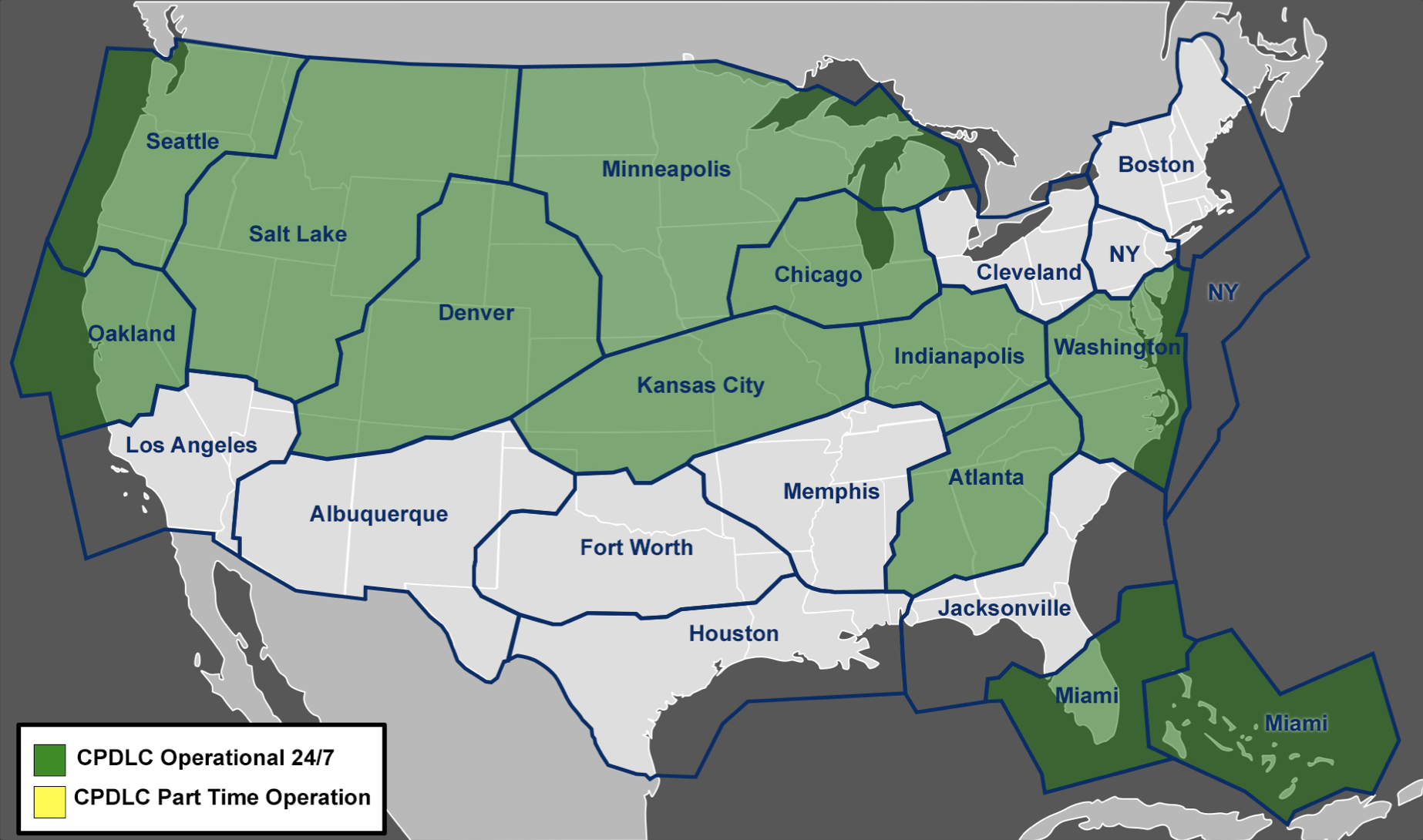
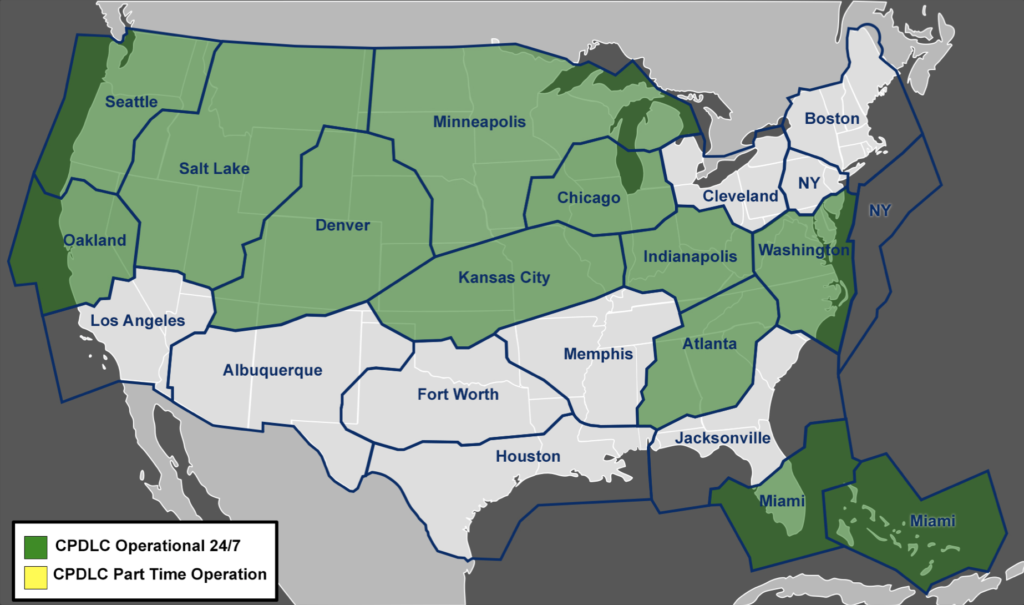


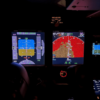

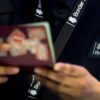

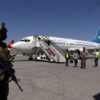
 Get the famous weekly
Get the famous weekly 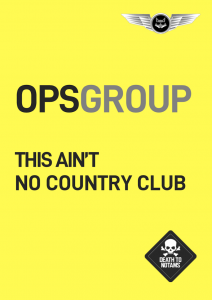



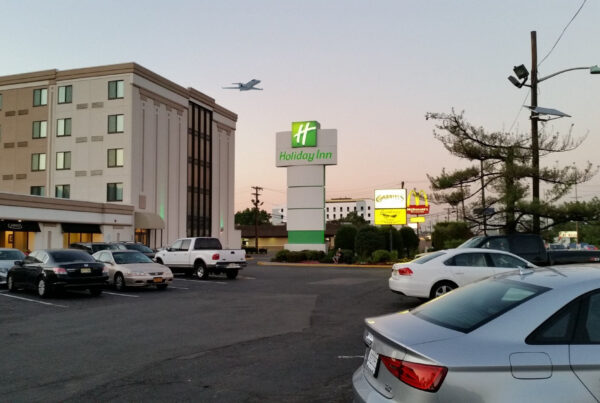
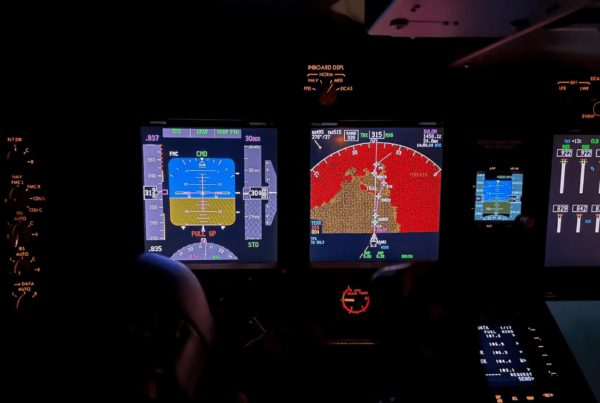
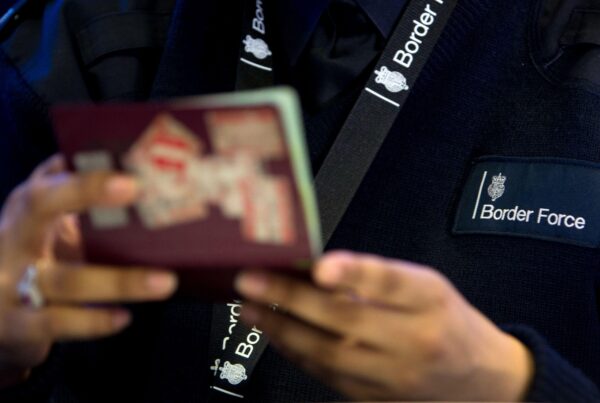
As of last week, hand-off between KUSA and Navcanada is not working in either direction.
At the hand-off, whatever connection in use is terminated and a manual login needs to be made to the next sector
Looks like the Recommended aircraft and avionics posted was for Commercial aircraft. There is a GA version on L3 site as info. Also thinking it would be a good idea to reference foreign operators needing to get on the CPDLC Enroute Trial list via L3 (which I believe is still on hold) in order to qualify to use enroute CPDLC in the US
PDC is delivered via ACARS (not via CPDLC using the KUSA logon).